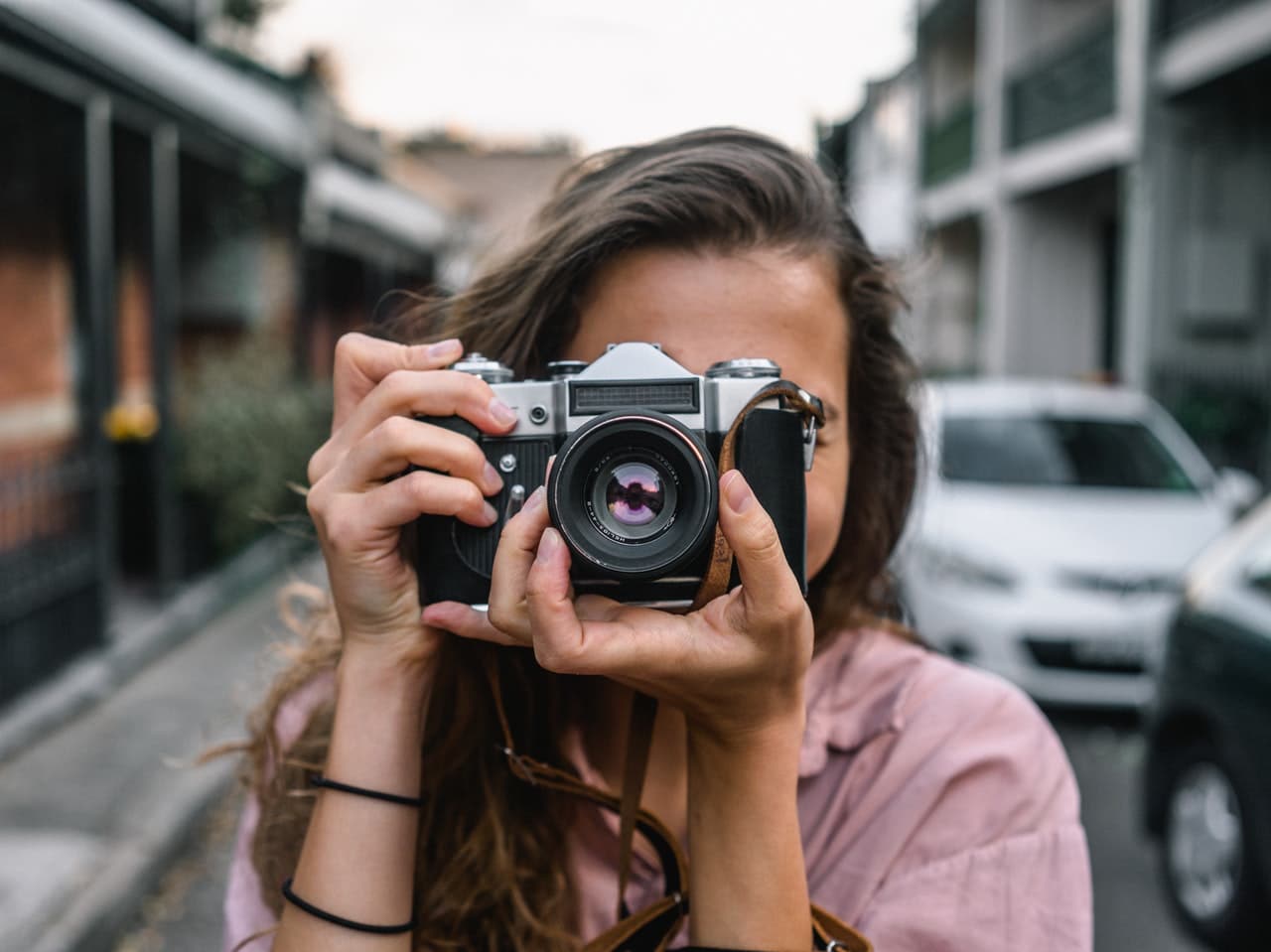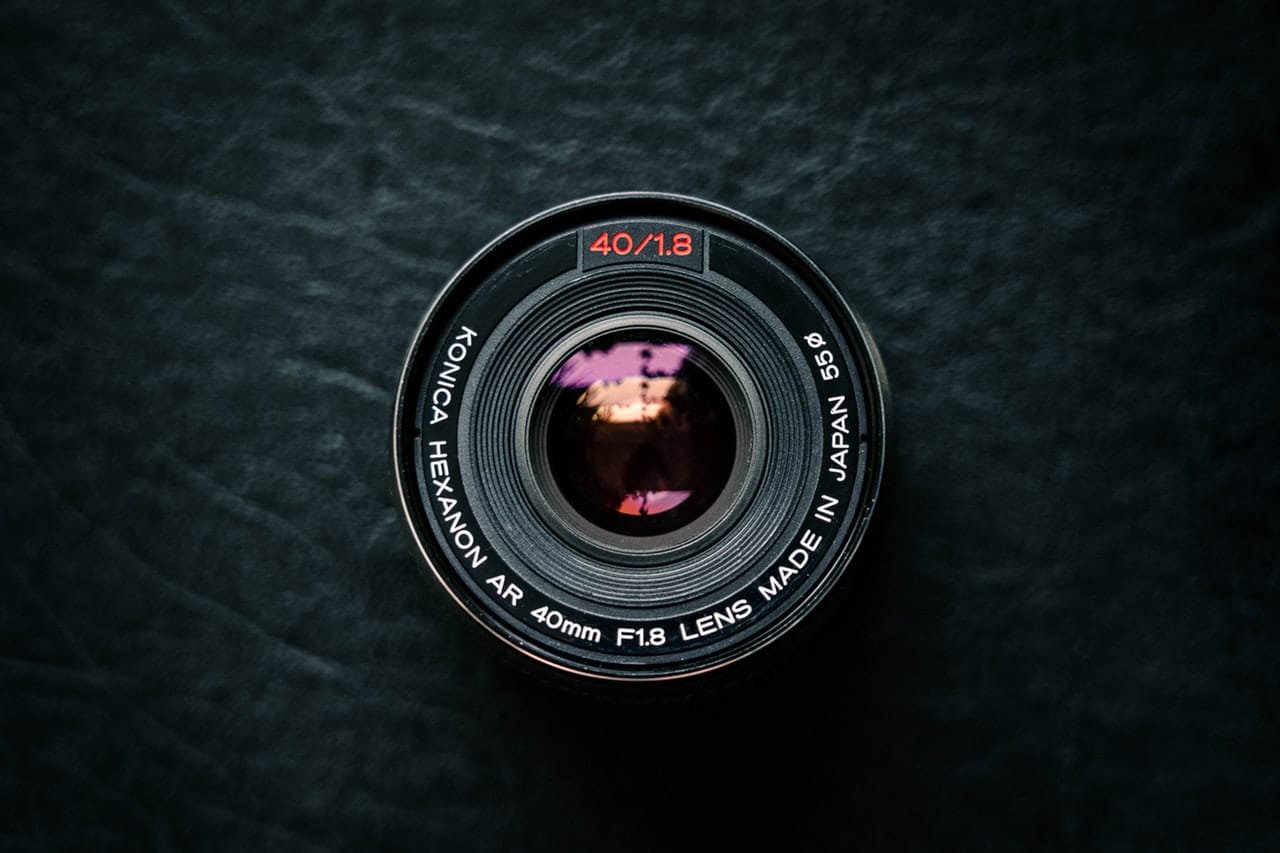The world would be bland without photographs, how else would you document a glorious sunset or have snapshots of your loved ones for eternity? Photography is an art that many have a knack for but, as with any skill, you need to be able to use the right gear and understand the basics of photography.
Whether you’re just getting into photography or you’re looking to upgrade your camera for different types of photos, understanding camera lenses and how they will work will drastically improve your photo-taking skills.
There are specific lenses for every type of moment and they’ll be able to help you capture it at its finest. Whether it’s a landscape, sports or action shots, close-ups and portraits, or even food or fashion, you need to be able to understand which lens works with which type of picture. Read on below for a quick beginners guide on camera lenses.
IMAGE: PEXELS
Photography Terms You Should Know
Before we delve deeper into the types of lenses, there are a few terms you need to familiarize yourself with to understand how a camera lens works:
The Anatomy Of A Lens
Although modern lenses can look a little complicated, but each one serves a purpose. The filter thread allows you to attach lens filters to adjust the light that reaches your camera sensor. The lens hood thread lets you attach hoods to block out the sun and reduce flare.
The focus ring can be either rotated manually to adjust focus or you switch on the autofocus feature. The zoom ring allows you to zoom in and out while the A/M switch lets you work on autofocus or manual focus.
The Focal Length
Considered to be the primary characteristic of any lens, the focal length can be defined as the distance from the camera sensor to the center of the lens which basically means how far it’s zoomed in.
The focal length is measured in millimeters; the shorter they are, the wider field they provide even though they offer less magnification. The longer the focal length, the shorter field of view they provide but with great magnification.
Aperture
The aperture of a lens is the hole where light passes through the front element into the inside of the lens, some also call it the ‘pupil’. The size of the aperture can be controlled by a diaphragm to enhance or restrict lighting.
It’s measured by dividing the focal length by the diameter of the aperture opening giving it the term “f/number.” Prime lenses have larger maximum aperture, which is why most of them prefer these types of lenses.
Name Display
Now based on all of the above, you’ll find that the way the camera is displayed in any shop or online web store actually shows its features through the name. For example, you’ll find that it’s displayed in this format:
- Brand name, lens type, focal length in mm, maximum aperture (f/number), other lens features.
Types Of Lenses
As a beginner, you should be able to understand which lens will suit the types of photos you’d like to take. Below are some of the most popular lens types:
Zoom vs Prime
Some lenses come in variable focal lengths and they’re called Zoom Lenses while others come in single and fixed focal lengths known as Prime Lenses. The 50mm lens, for example, is very popular among photography beginners for its affordability and usefulness.
Others have been appearing in the market and gaining popularity; the 35mm film cameras tap into the past in a world of advanced technology with the purpose of nostalgia. Many are opting for vintage cameras and lenses and they take great photos just as any camera. The average and most common lens is the 18-50mm and has a relatively wide angle. They’re versatile and ideal for any beginner.
Standard Lens
Standard lenses always have a fixed focal length that comes in either a 50mm, 85mm, or 100mm. They produce almost exactly what the human eye sees in terms of angles and perspective. The higher the focal point, the better portraits you can take because the wide aperture will soften any background.
Wide Angle Lens
Compared to a standard lens, a wide angle lens has a much shorter focal length that ranges from 10 to 42mm. Because it enables you to capture a much wider angle, it’s the perfect choice for new photographers who are into taking landscape or outdoors photos. Wide angles generally can capture the whole setting.
Macro Lens
These types of lenses are used for “macro” photography which basically means that it’s used for close-ups of any object. Photographers can use it to take life-size images of anything small like butterflies, ladybugs, or flowers. They can capture sharper focus of subjects in a macro distance only as opposed to other distances. The focal point can range from 50-200mm.
Telephoto Lens
These lenses are very long and their length allows them a much narrower field of view. The focal length ranges from 100mm to 800mm which enables you to compress distances and focus only on a far off subject even if you’re 100 feet away. They’re ideal for wildlife, sports, and documentary types of images.
Snapshots For Life
In order to become a pro at a specific skill, one must master the art completely by learning everything about it. When it comes to photography, choosing the right lens can help you take the pictures you’ve always dreamed of.
If you are interested in even more technology-related articles and information from us here at Bit Rebels, then we have a lot to choose from.


COMMENTS